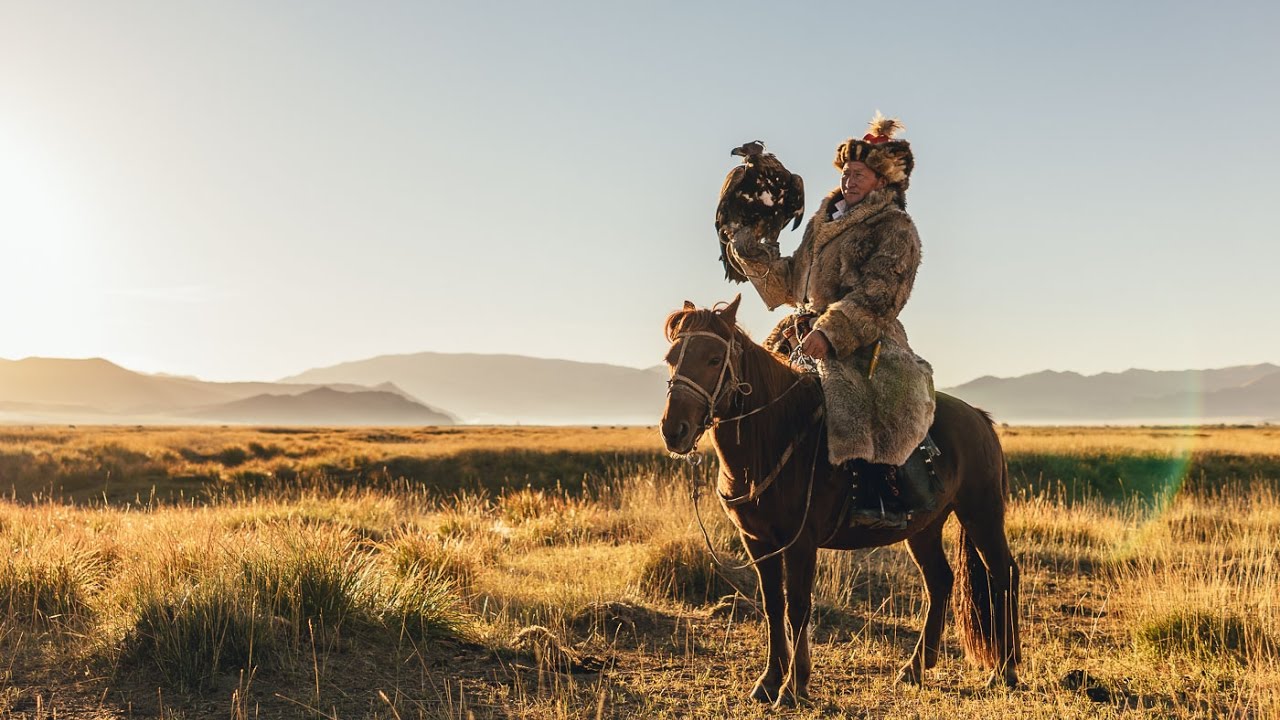Also Read : Native Mongolian Cattle
The Mongol horse is the native horse breed of Mongolia. The breed is purported to be largely unchanged since the time of Genghis Khan. Nomads living in the traditional Mongol fashion still hold more than 3 million animals, which outnumber the country’s human population. In Mongolia, the horses live outdoors all year, dealing with temperatures from 30 °C (86 °F) in summer down to −40 °C (−40 °F) in winter, and they graze and search for food on their own. The mare’s milk is processed into the national beverage “airag“. Some animals are slaughtered for meat. Other than that, they serve as riding and transport animals; they are used both for the daily work of the nomads and in horse racing.
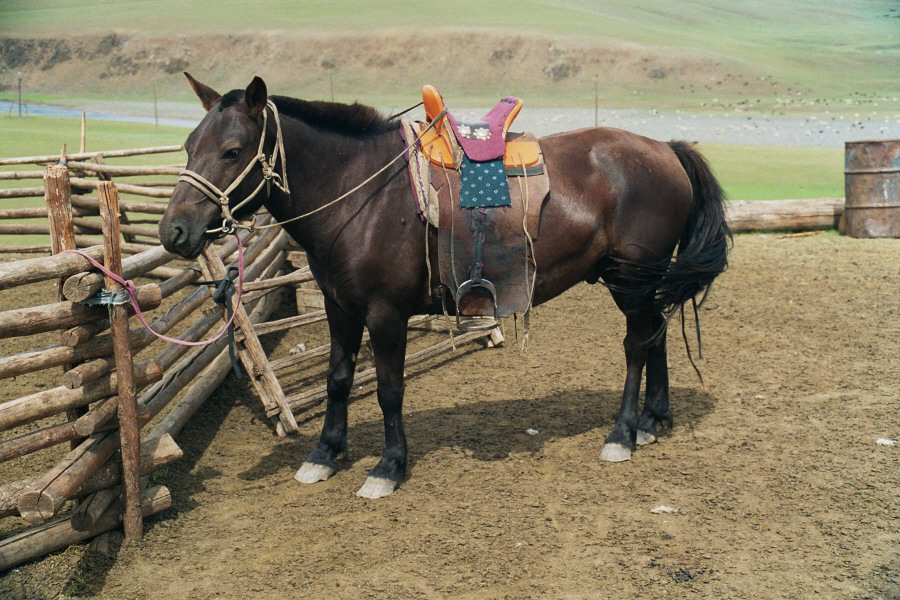
Mongol horses were a key factor supporting the 13th-century conquests of the Mongol Empire.
Characteristics
The mane and tail of the Mongol horse are very long. Their strands are often used for braiding ropes; the tail hair can be used for violin bows. Mongolian horses have great stamina; although they have small bodies, they can gallop for 10 km without a break. When pulling a cart, a team of four Mongol horses can draw a load of 4400 lbs for 50–60 km a day. Because the horses are allowed to live much the same as wild horses, they require little in the way of hoof care. The hooves are left untrimmed and unshod, and few farriers are in the country. Mongol horses have hard, strong hooves and seldom have foot problems.

Mongol horses are of a stocky build, with relatively short but strong legs and a large head. They weigh about 500 to 600 lbs. and range in size from 12 to 14 hands (48 to 56 inches, 122 to 142 cm) high. Their cannon bone external circumference is about 8 inches (200 mm). They have a slight resemblance to Przewalski’s horse and were once believed to have originated from that subspecies. However, that theory was disproven in 2011 by genetic testing.
Horse Types
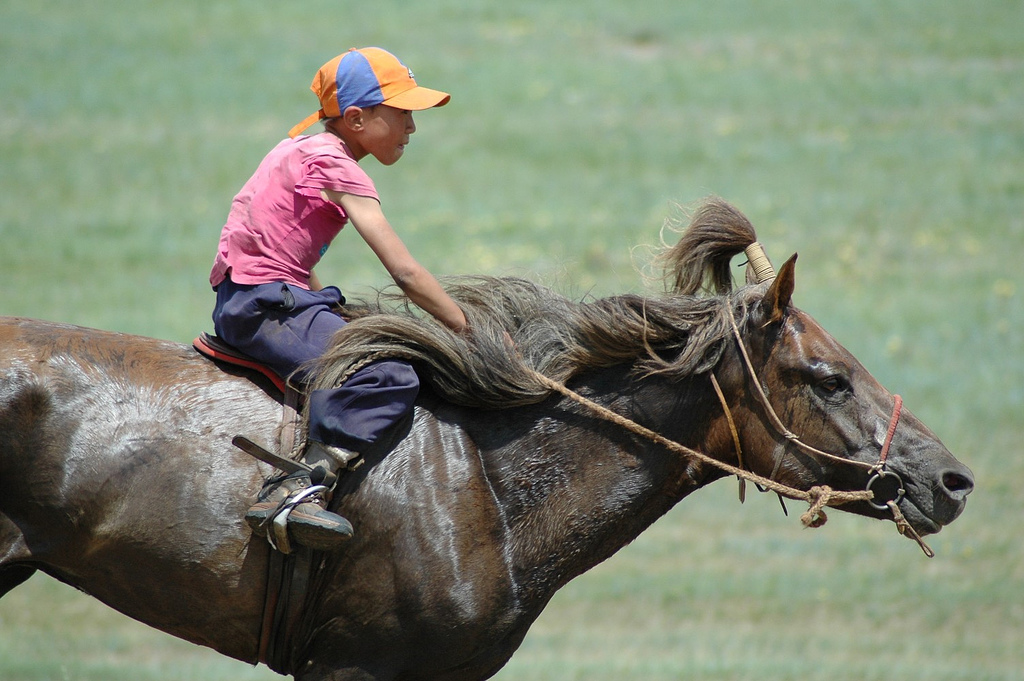
Horses from different regions of Mongolia are considered to have different traits. Desert horses are said to have larger feet than average. Mountain horses are short and particularly strong. Steppe horses are the tallest, fastest variety of Mongol horses. Specifically, the eastern Khentii Province and Sükhbaatar Province steppe provinces are widely considered to produce the fastest horses in the country. Darkhad horses are known for their strength. A Darkhad horse weighing only 250 kg can carry a load of 300 kg—the equivalent of carrying another horse on its back. On a broader level, some Mongolian provinces are considered to be more suitable for horse rearing than others. The eastern steppe provinces are informally known as the “horse provinces” because of their suitability for horse breeding. The northern mountain provinces are considered “cow provinces”, though horses are reared there, as well.
Different Colours
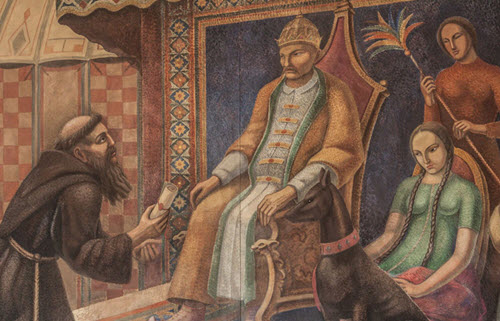
A wide variety of horse colours are seen. People in the different regions of Mongolia prefer different colours of horses and breed accordingly. The Darkhad ethnic group prefers white horses, while the Nyamgavaa prefer dun, bay, or black horses and shun white-coloured animals. Some horses are bred for the preferences of foreign markets
Elizabeth Kendall, travelling through southern Mongolia in 1911, wrote, “I was struck by the number of white and grey ponies and was told that horses are bred chiefly for the market in China, and this is the Chinese preference.” She also observed that the northern Mongolian herds near Tuerin seemed to consist mainly of black and chestnut horses.
Giovanni de Carpini was one of the first Westerners to describe Mongol horses, observing, “…[they] are not very great in stature, but exceedingly strong, and maintained with little provender.”
History
The Mongolian horse is theorized to be the founding stock for many other horse breeds in Asia, including the Tuvinian, Akhaltekin, Yunan, Japanese and Cheju. A comparison of Mongol horses, Japanese horses, and Arab Anglo/Thoroughbred horses found that Mongol horses had the highest genetic diversity, the genetic diversity of the Mongol horses is exceptional.
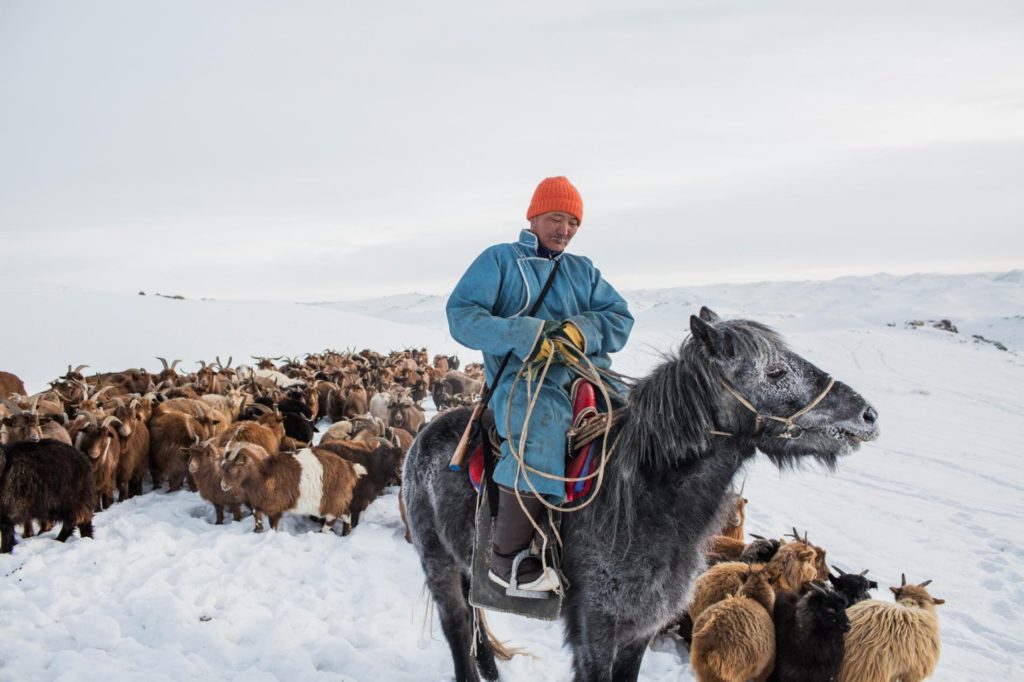
A 1918 census of Mongolian animals found 1,500,000 horses. The origins of the Mongolian breed are hard to determine. Nomads of the central Asian steppes have been documented as riding horses since 2000 BC. Tests have shown, that among all horse breeds, Mongol horses feature the largest genetic variety, followed by the Tuwinian horses. This indicates that it is a very archaic breed suffering little human-induced selection. The data also indicate that many other breeds descend from the Mongol horses.
As warhorses
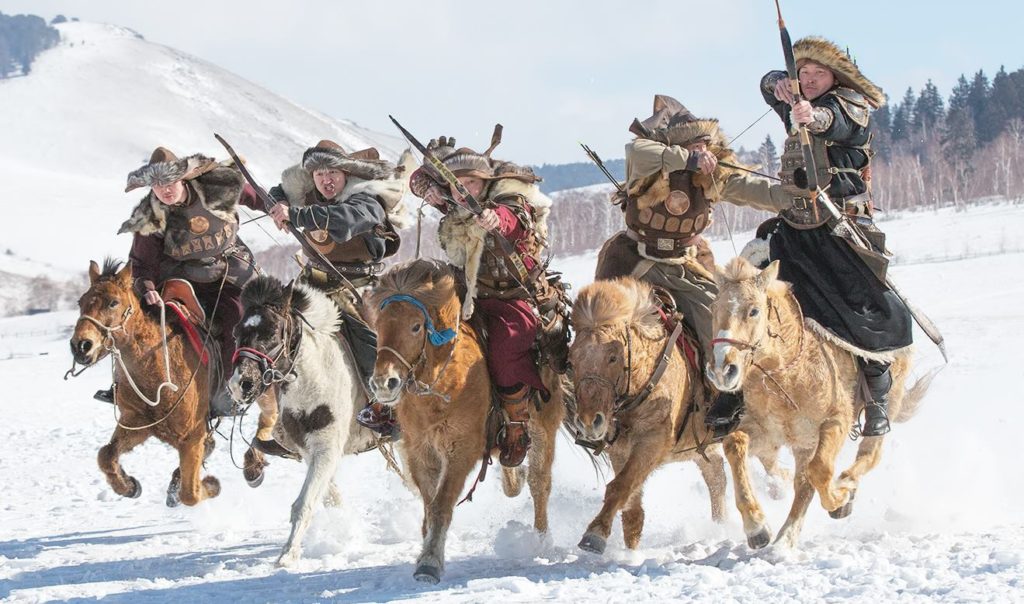
Mongol soldier on horseback, preparing a mounted archery shot, Mongol horses are best known for their role as the war steeds of Genghis Khan. The Mongol soldier relied on his horses to provide him with food, drink, transportation, armour, shoes, ornamentation, bowstring, rope, fire, sport, music, hunting, entertainment, spiritual power, and in case of his death, a mount to ride in the afterlife. Mongol horses made excellent warhorses because of their hardiness, stamina, self-sufficiency, and ability to forage on their own. The main disadvantage of the Mongol horse as a war steed was that it was slower than some of the other breeds it faced on the battlefield. Soldiers preferred to ride lactating mares because they could use them as milk animals. In times of desperation, they would also slit a minor vein in their horse’s neck and drain some blood into a cup. This they would drink either “plain” or mixed with milk or water. A Mongol warrior’s horse would come at his whistle and follow him around, dog-like. Each warrior would bring a small herd of horses with him as remounts. They alternated horses so that they always rode a fresh horse.
